Lavadores Beach is considered a semi-urban beach, which is confirmed by the proximity to the buildings that were built nearby.
With an immense stretch of sand, holidaymakers find good infrastructure, such as well-organized and colorful terraces, changing rooms and awning hire.
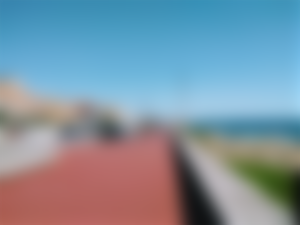
Lavadores Beach, in the parish of Canidelo, in Vila Nova de Gaia, is a very rich place, not only because of the history of its people dedicated to fishing and the drought of cod, but also because of the geological heritage in the open air that must and deserves to be visited.
The landscape has changed drastically over the past few years, with a renovated waterfront, with a walkway by the sea, in a place where former cod ships arrived from the Great Banks of Newfoundland. Fishing for cod gave sustenance to the people of this place, especially women who took care of its preparation on land, first to wash it and then to dry it.
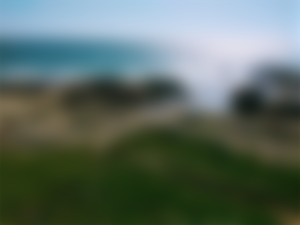
This granitic massif starts in Cabedelo and extends south to bead of “Pedras Amarelas”, in Lavadores, a total of 25km long and four km wide, being composed of magmatic rocks, that is, rocks formed at from the magma from the interior of the Earth which, over time, ascended to regions close to the surface, cooling and solidifying.
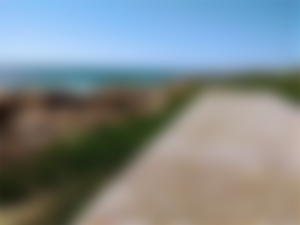
Walking on Lavadores Beach you can see different granitic forms that resulted from the phenomena of weathering and erosion, in particular those resulting from the action of sea water and coastal winds.
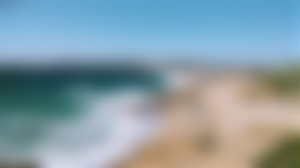
In this place it is possible to see the city of Porto and the City of Matosinhos. Vila Nova de Gaia is very close to these two cities having only to cross the bridge where the Douro River passes.
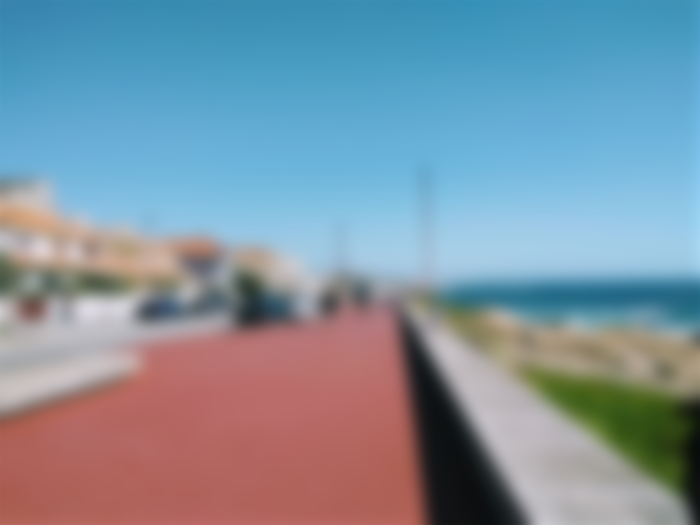
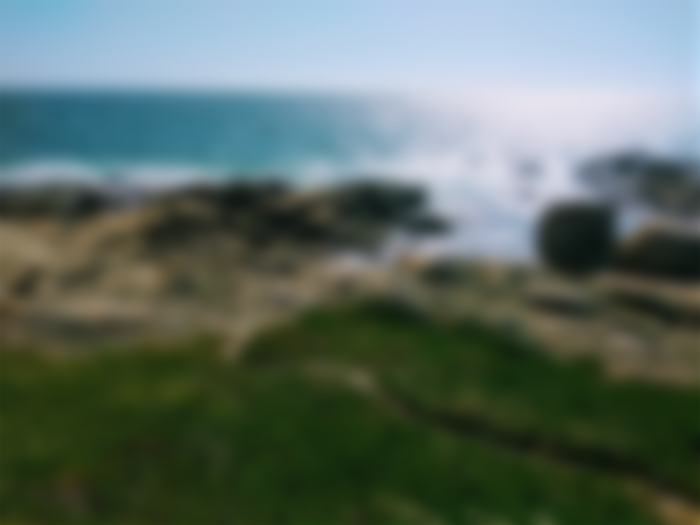
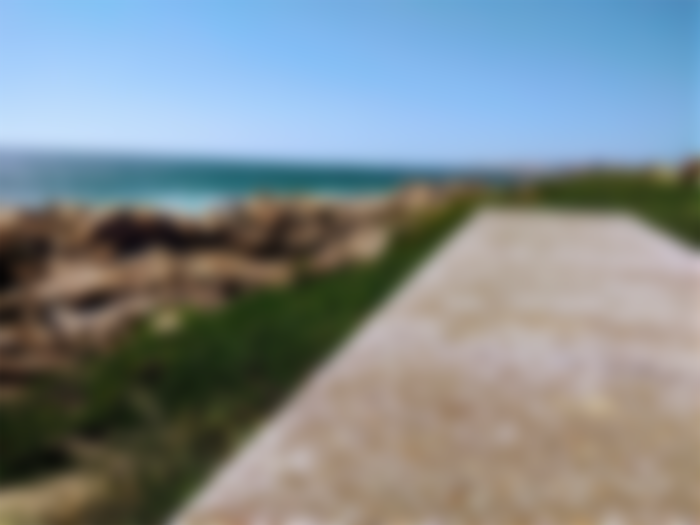
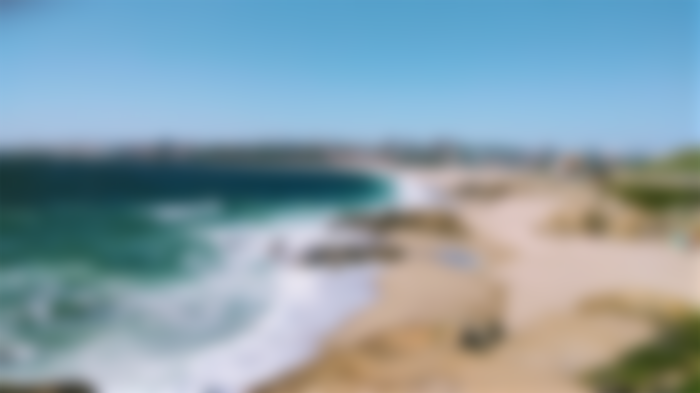
Beauty of the earth. Waiting for my days of adventure i might be there